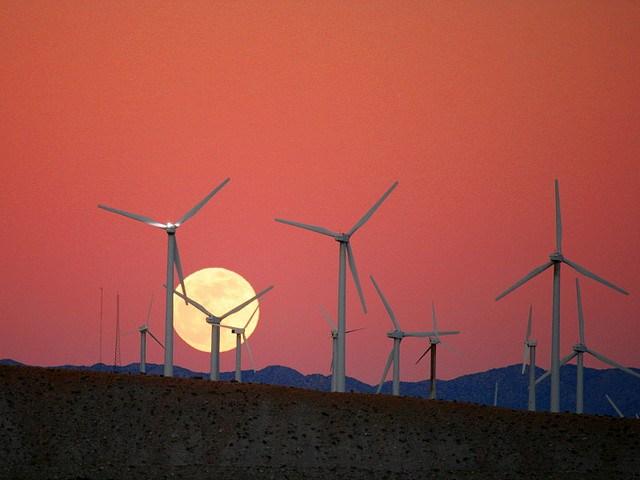
By Michael Blauw
While the House hones in on its flagship energy issue for the new session, attention on the Keystone XL pipeline detracts from a number of other significant developments in our quest toward a more vibrant economy.
Keystone is a symbolic issue for our new Congress, but despite the pipeline’s virtues and vices, the legislation is only one small piece of America’s overall energy strategy. Consequently, as Keystone garners the bulk of recent media coverage, policies with much more impact are quietly being enacted at the state and local levels -- policies that truly bolster energy infrastructure.
As state lawmakers have shown, even as oil issues remain salient, the hyper-influence of fossil fuels is waning in the grand scheme of energy and infrastructure policy. Three significant pivots made by state officials in the last month have solidified that clean energy’s importance to America is swelling — much to the benefit of the economy.
States take action on renewable energy
Emboldened by fresh electoral victories, state officials in New York, California and Washington state have shifted their focus from building fossil fuel infrastructure to hastening the scale-up of renewable energy technologies.
Last month, Gov. Jerry Brown announced plans to expand California’s renewable energy goals. The state originally planned to source 30 percent of its power from renewables by 2020. The new goal ups that total to 50 percent by 2030.
Though the governor’s proposal may seem bold, America’s most populous state is already on track to meet its ambitious energy goals. Better yet, local business leaders and private financiers are confident that, with more clean energy infrastructure like distributed power, rooftop solar and micro-grids, they can meet the state’s energy demands all while creating thousands of good-paying jobs.
In the state of Washington, Gov. Jay Inslee is using policy tools to show he’s equally committed to ramping up clean energy and spurring job creation, albeit through more creative means. His state has proposed a tax on carbon emissions for Washington’s biggest polluters, while flipping those revenues into funds for road improvements and clean tech initiatives. If such a proposal comes to pass, Washington will add significantly to the 84 percent of its energy it already receives from renewables, and the 100,000 workers the industry employs.
And as if to set the tone for 2015, New York made some of the most aggressive policy moves in recent years to bolster the clean economy. After helping to funnel billions in private investment to the clean tech field, business-friendly policies were able to coax renewable energy giants — like SolarCity — to Buffalo, and attract millions in other research grants to in-state colleges and universities. The state capped off its commitment to renewables when its legislature disallowed hydraulic fracturing, thus making renewable technologies the state’s energy driver from this point onward.
Beyond Keystone XL: Renewables gain clout in the energy market
Despite what may happen with the Keystone XL pipeline, these policy pivots in the states are significant and creative, and they deserve our attention. Their impact will be far greater than that of any single pipeline and give us an important glimpse at what energy infrastructure will look like in 2015 and beyond. Equally notable, these states are serving as laboratories for policy innovation, and Congress is already taking stock of these trends.
Sen. Lisa Murkowski, Alaskan Republican and new chairwoman of the Energy and Natural Resources committee, said she's optimistically working with colleagues to draft a broader energy package that she hopes to release in the spring. This sweeping energy bill has serious potential to find support and could very well include pro-growth, clean energy concepts spearheaded by state governments. In addition, Rep. Dave Camp (R-Mich.) and Sen. Orrin Hatch (R-Utah) are eager to put forth a comprehensive tax bill in the coming months -- one which may include business-friendly policies like extensions on the Production Tax Credit (PTC) for wind development and Investment Tax Credit (ITC) for solar.
Overshadowed by the clout of Keystone XL, renewable energy is making a more discreet, but unprecedented, assent in America’s energy market. Case in point: Even with the lowest gas prices in decades, American energy is becoming increasingly cleaner and more prevalent. Leaps and bounds by state leaders are moving America far closer to a clean economy than one would imagine by reading the headlines. However, as clean energy policies become more wildly embraced, let’s hope to see much larger — and much more economically beneficial — gains to be made during this session of Congress.
Image credit: Flickr/Chuck Coker
Michael Blauw is a Policy Analyst and Writer at the American Council On Renewable Energy.
TriplePundit has published articles from over 1000 contributors. If you'd like to be a guest author, please get in touch!














